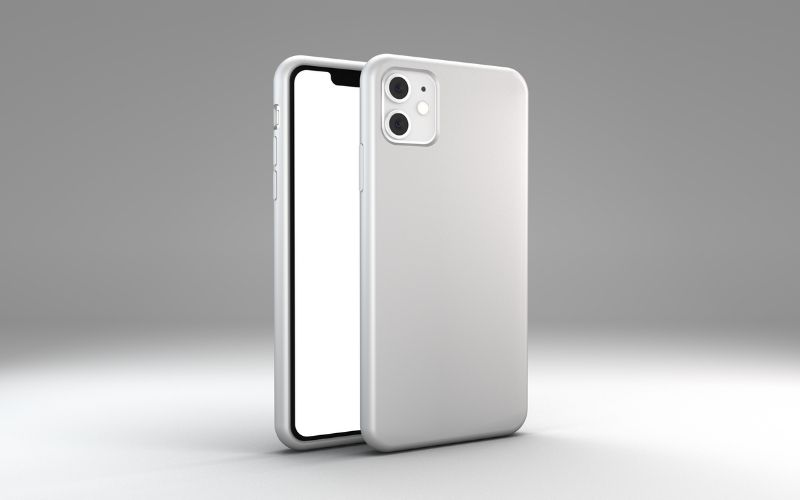Last Updated on
iPhone disabled? Ensuring you have a passcode on your iPhone is the best way to protect your privacy and to make sure your iPhone is secure.
However, the occasional forgetful moment, accidental butt dial, or nosey friend may mean that your passcode is being entered incorrectly, and if this happens more than a certain number of times, your iPhone could suffer.
The best way to get your phone working again would be to restore your iPhone using your most recent backup. This can be done using iTunes and iCloud.
No matter the reason, this article will be guiding you through what you can do if this happens.
Restore Your iPhone From iTunes Or Mac In Recovery Mode
Most iPhone users will have iTunes installed on their computers, and if you have a Mac, you can use the Finder in the same way.
Step
Turn Off Your Phone
Begin by turning off your phone. Depending on what version of the iPhone you have, you can do this by pressing the side and volume buttons together, or the slide button.
Step
Switch Your iPhone Back On
You then must switch your iPhone back on in recovery mode.
If you have an iPhone 8 or later, you can do this by pressing the volume up button, quickly followed by pressing the volume down button, and then holding down the side button.
If you have an iPhone 7, this can be done by holding down the side and volume down buttons at the same time.
For iPhones that are versions 6s and later, you are to hold down both home and side buttons at the same time.
Step
Connect iPhone To iTunes
Open iTunes (or Finder if on a Mac) and connect your iPhone. Let iTunes find your iPhone, and select it from the menu on the left-hand sand.
Step
Restore Your Phone
You will then be given an option to either ‘update’ or ‘restore’ your phone. Click on ‘restore’ and this will take you to a new setup where you can choose a new passcode. This will, however, erase everything on your phone.
Step
Restore Backup
If you regularly back up your iPhone in iCloud, you will be given the option to restore this backup onto the phone during the new setup process.
Wipe Your Phone When Lost Or Stolen
In the unfortunate event that your phone gets lost or stolen, you do have the option of wiping its contents and locking it from where you are with a few simple steps. You just need to make sure that the ‘Find My’ is enabled.
This is a function of iCloud that will enable you to locate your phone using GPS and the internet. It will allow you to access certain functions remotely.
Step
Sign In To iCloud
Begin by going to the iCloud main page for finding a device, and sign in with your Apple ID. Click on ‘All Devices’ and select your iPhone.
Step
Lock Your Phone And Set Up A New Passcode
To lock your phone and set up a new passcode, click on ‘Lost Mode/Mark as Lost’. This will lock the phone, preventing anyone from using it and accessing any personal data.
Step
Erase iPhone
If your phone has been stolen, it may be worth erasing everything entirely. If this is what you’d like to do, click on ‘Erase iPhone’.
Touch And Face ID
It may be worth enabling a touch or face ID option to access your phone rather than a passcode. iPhone models that are 5S and above have the touch option, and models that are X and above have the face ID option.
Final Thoughts
We hope this article has provided you with a useful guide on how you can restart your phone after it has been disabled, and how you can lock and erase its contents if it is ever stolen or lost.



